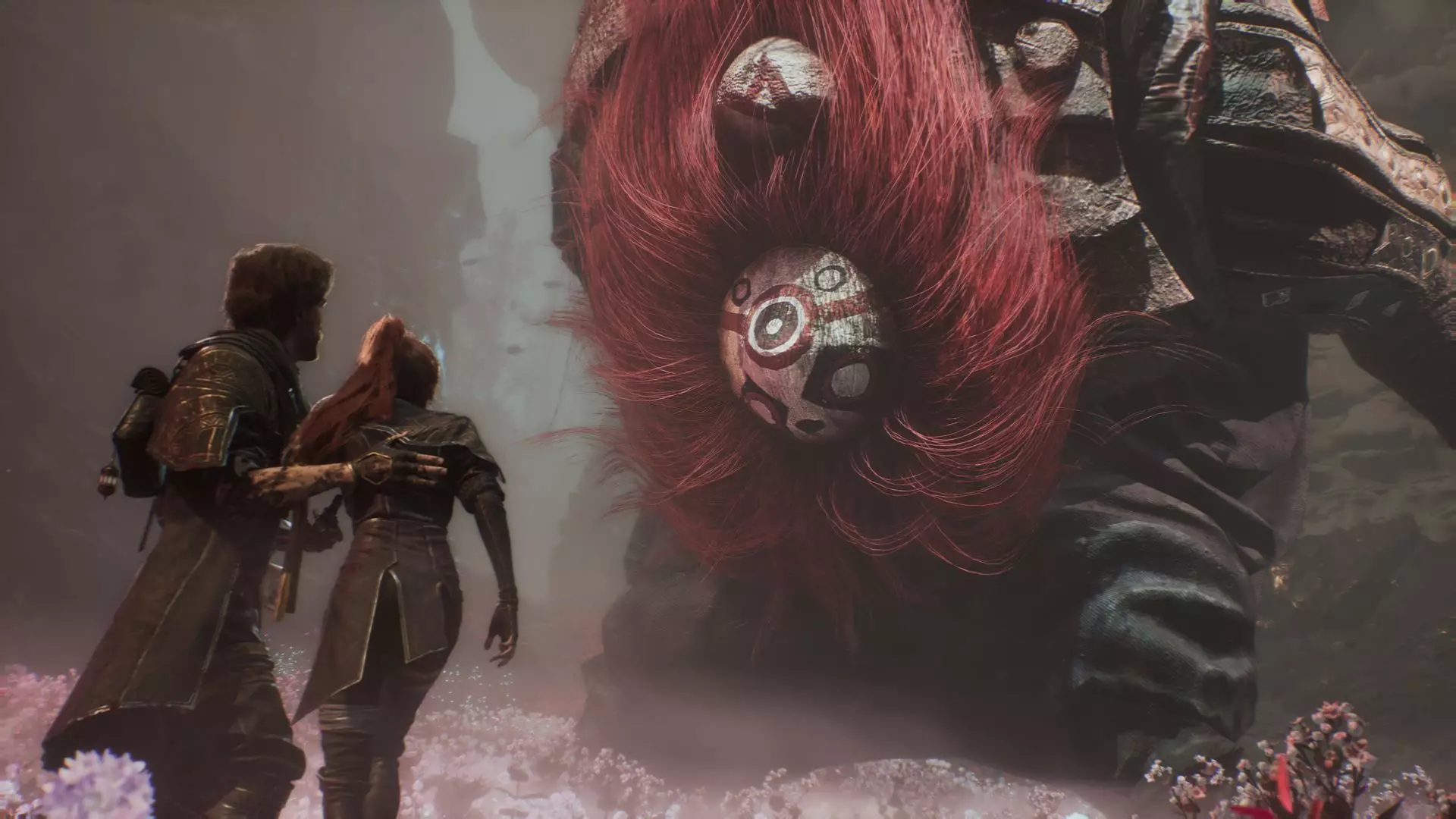In the world of video games, few accolades hold as much weight as a high score on Metacritic. Recently, Clair Obscur: Expedition 33 emerged as a standout title, only to see its reign challenged by the ever-dominant franchise of The Legend of Zelda. While Clair Obscur shone like a rare gem earlier this year, the surge of nostalgia and innovation brought by the new Switch 2 iteration seems to have overshadowed it. Currently, the latest editions—Tears of the Kingdom and Breath of the Wild—lead the charts, boasting commendable scores of 95 and 93, respectively. Their well-earned reputations paired with enhanced performance have once again placed them at the pinnacle of gaming excellence.
Quality vs. Popularity: A Complicated Relationship
Despite its impressive portfolio of 84 reviews and a strong score of 93, Clair Obscur finds itself in a precarious position. The paradox of the situation is thought-provoking; while it celebrates a solid rating, the lower number of reviews for the Zelda titles raises questions. How much do critical mass and the sheer number of opinions weigh in the hierarchy of game rankings? With the massive grassroots support for Zelda, even the most meticulously crafted titles can struggle to garner the attention they deserve. It raises an important discussion about how we gauge a game’s success. Is it merely by numbers, or should we consider depth, creativity, and player engagement?
The Power of Upgrades
The enhancements the Switch 2 brings to familiar classics like Zelda—the higher resolutions, improved frame rates, and HDR support—invite players back into a beloved universe. These upgrades do not just serve to visually seduce the audience; they cultivate an immersive experience that can reignite passion for the franchise. It’s a testament to how technology can breathe new life into established titles. When the nostalgia meets cutting-edge performance, disappointment dissipates, leaving only a magical experience for gamers to enjoy. In contrast, Clair Obscur, while innovative in its own right, faces the insurmountable task of competing with the fervor around such a time-honored legacy.
Marketing Maneuvers: The Asterisk Effect
In an industry driven by marketing, the question becomes: will those who design campaigns for Clair Obscur trot out its Metacritic ranking with an asterisk? They might have to, as its standing can be interpreted through multiple lenses. A title like Clair Obscur earns a certain equity in quality, but in a world where perception can eclipse reality, how marketing teams navigate such dilemmas is crucial. Today’s gamers often seek not just quality, but also trendiness. The power shift can be as ephemeral as a score changing from week to week or a patch released to optimize user experience.
A Bright Future Ahead
While competition might be sending Clair Obscur down the ranks for now, the perseverance in crafting compelling gameplay shouldn’t be overlooked. Its journey is far from over, and there is a significant opportunity for recognition as award season approaches. In this evolving narrative, Clair Obscur: Expedition 33 stands as a reminder that creativity and passion often serve as undercurrents in what ultimately solidifies a game’s legacy. In a landscape ever-changing, it will be intriguing to see how it rises to face its challenges, redefining its narrative in the process.

